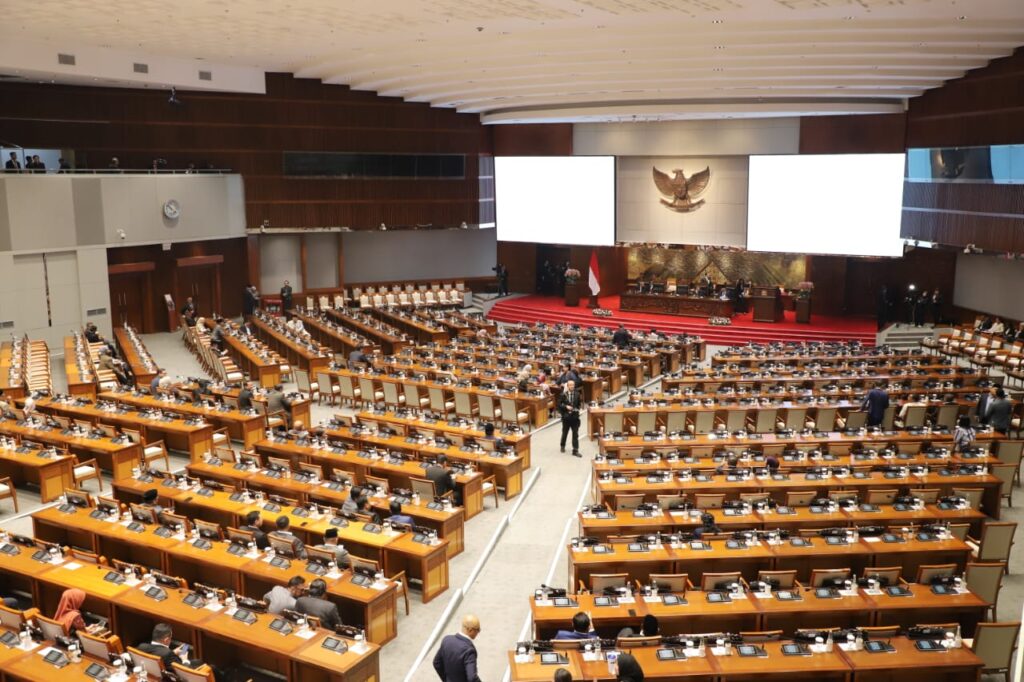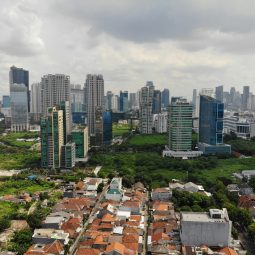This article is the direct opinion of Ivan Wahyu Hidayatulloh as our Consultant. This article has been carefully reviewed to provide accurateness and reliable information, ensuring high standards of quality, credibility, and trustworthiness.
The mass protests on August 28–30, 2025, began as a continuation of the August 25 demonstrations against the increase in allowances for members of parliament. These protests expanded into broader anger over Indonesia’s economic conditions, the implementation of new taxes, and repressive police actions.
The death of an online motorcycle taxi driver, Affan Kurniawan, triggered a wave of solidarity that quickly spread to other cities, reflecting public frustration.
The demonstrations soon escalated into nationwide riots marked by violent clashes between protesters and police. The unrest resulted in casualties and significant damage to government assets as well as private property owned by members of parliament.
The financial losses were considerable. Damages were estimated at around IDR 155 trillion in Jakarta, IDR 205 billion in Makassar, and tens of billions in other cities. This will force the government to increase spending on reconstruction, procurement, and renovation.
Decline in Consumer Confidence and Financial Market Shock

The riots caused a sharp decline in consumer confidence in Indonesia, accompanied by temporary business closures. Several large shopping malls were forced to shut down due to safety concerns.
Consumer confidence is a key driver of demand. If unrest continues, households may reduce spending out of fear and uncertainty, suppressing overall consumption. The impact is not limited to retail activity. Prolonged riots can also trigger volatility in financial markets.
On August 29, the Indonesian Rupiah weakened by 0.9 percent against the US Dollar, while the Jakarta Composite Index (JCI) dropped by 1.53 percent to 7,830. Such events demonstrate how political instability can drive capital flight and reduce liquidity in financial markets.
Investors demand a higher risk premium when political uncertainty rises, shifting funds from riskier assets to safe havens. This situation increases the possibility of foreign direct investment withdrawals and portfolio outflows, leading to reduced capital inflows, weaker foreign reserves, and further Rupiah depreciation. A weaker Rupiah also raises the burden of dollar-denominated debt.
The negative sentiment may persist due to perceptions that political instability could recur. This leads to sustained market volatility and elevated borrowing costs in the short term.
The Impact of Rupiah Depreciation

The depreciation of the Rupiah increases production costs for businesses that rely on imported raw materials. Rising costs reduce profit margins and may force producers to cut or delay export volumes.
At the same time, Indonesian export products become less competitive globally, leading to falling demand. This decline in net exports worsens the trade balance, further eroding investor confidence and adding downward pressure on the Rupiah.
Continued depreciation creates a feedback loop: weaker currency, falling exports, and rising inflation risk. Imported inflation pushes companies to pay more for raw materials and consumer goods in dollars. This quickly spills into domestic inflation through cost-push effects.
For consumers, higher prices mean reduced purchasing power. This condition can escalate into an inflationary spiral if Bank Indonesia does not take immediate monetary action to stabilize capital flows.
In an environment of cost-push inflation and weakening demand, businesses may cut operations or reduce staff. As a result, unemployment in Indonesia could rise, especially among informal workers.
Also read: President Prabowo’s Diplomacy in Beijing and the Domestic Crisis
Risk of Recession

Suppressed consumption due to falling purchasing power, combined with reduced investment from higher production costs and ongoing political uncertainty, raises the risk of a downturn.
On the supply side, inflation shifts aggregate supply downward, reducing output. This could slow Indonesia’s real GDP growth in upcoming quarters. Even before the unrest, the OECD projected Indonesia’s GDP growth to decline by 0.4 to 0.6 percent in 2025.
A widening trade deficit and rising unemployment could further worsen economic conditions. Without targeted fiscal stimulus for productive sectors, GDP contraction is likely, increasing the probability of a recession in Indonesia in 2025.
What the Government Must Do

As GDP slows, Indonesia faces a growing recession risk. For comparison, Ukraine’s GDP contracted by 29 percent during the Russia-Ukraine conflict.
If Indonesia experiences a similar disruption, weakened demand could lead to output contraction, lower economic growth for one or two quarters, and heightened financial instability.
To prevent this worst-case scenario, the government must take urgent action:
- Stabilize the Rupiah through market interventions and stronger foreign exchange reserves, supported by responsive monetary policy to curb capital outflows.
- Provide fiscal stimulus targeted at the most affected sectors to sustain production and employment.
- Restore investor confidence by accelerating bureaucratic reforms, strengthening law enforcement, and improving transparency.
With these measures, the government can not only reduce the immediate economic risks but also build a stronger foundation for long-term growth while lowering the likelihood of future crises.


















